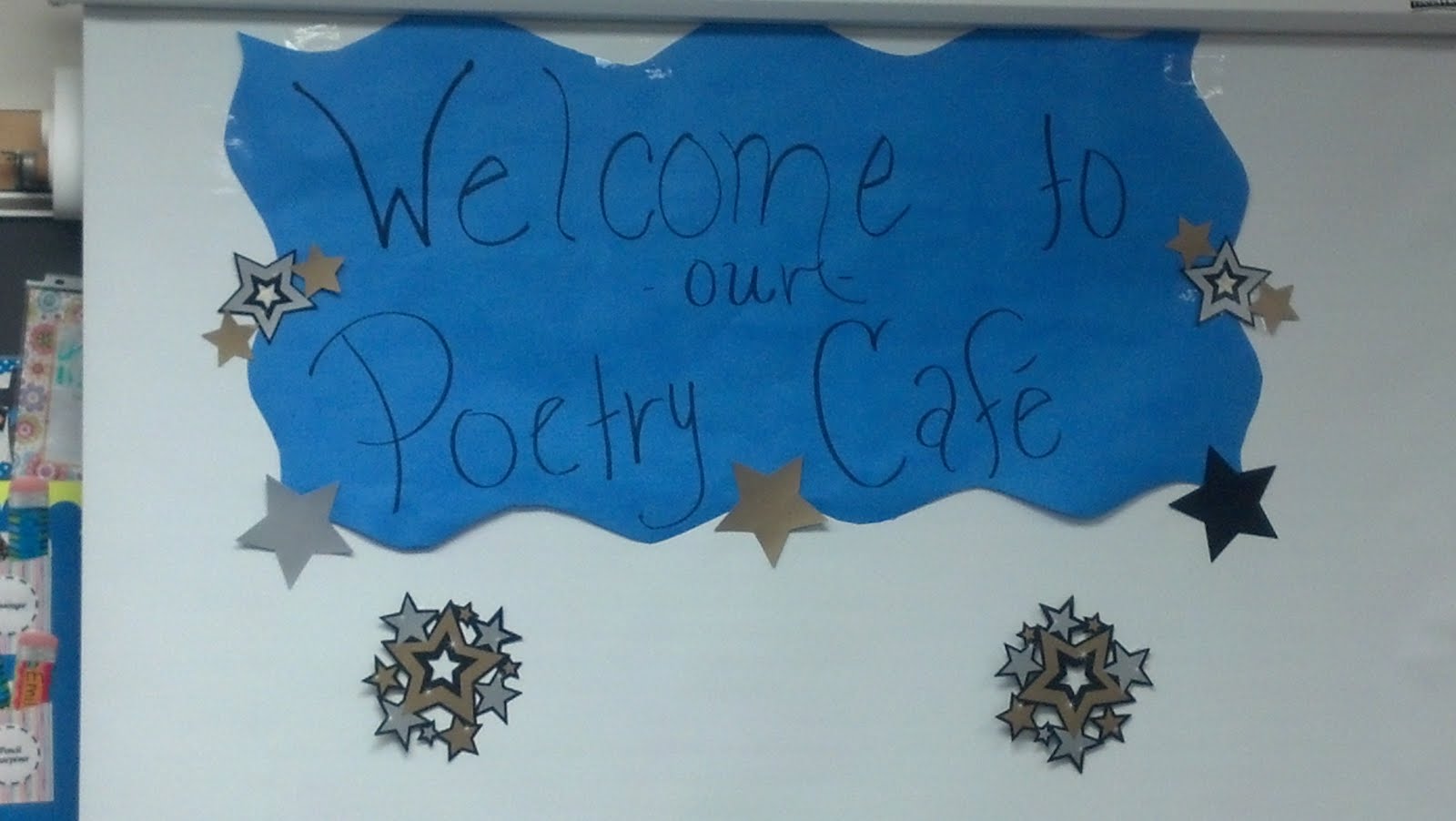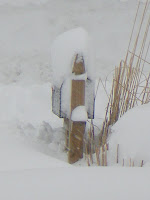I am continuing my series of posts from Northfield Elementary School, where I am in residence this month.
In writing poetry with elementary schoolers, I'm looking for every opportunity *I* have to compliment the students. Their rough drafts might include a descriptive detail that the reader can visualize, an imaginative idea, onomatopoeia that pops, or a jazzy rhythm. Today I'm sharing three Northfield poems that stood out for their energy.
What is energy in a poem? It's a combination of an enthusiastic voice and natural rhythm. I can't teach that. The poet has to hear it in his or her head.
But first, let's talk about stanzas.
One of the most useful tools -- and possibly overlooked -- tools in poetry is the stanza. Not only are stanzas a way of organizing our thoughts, they can also be used to create rhythm, and to make a poem visually interesting by balancing print and white space on the page.
Try this next time you're revising a poem: rewrite the poem in couplets, then tercets, then quatrains. You might find a stanza length that works well, but this technique can also reveal places where your language needs tightening up, or highlight internal rhymes.
The Northfield third graders are focusing on the stanza as tool for organizing their poems. We keep it simple, writing opposites poems that have two stanzas.
The model poem for this lesson is Elizabeth Coatsworth's "Swift Things Are Beautiful." You can visit this post to read a poem walk -- which gives details on how I guide students through a discussion of the poem.
If you'd like to read a full description of my stanzas workshop, here is Teaching Stanzas Part One and Teaching Stanzas Part Two (with poem walk).
Imaginary and Real Animals
by Hayley R.
Real animals are beautiful.
A dog on a silent moonlight night.
A panda eating bamboo all day long.
A hamster spinning on its wheel.
A monkey swinging on a tree.
Imaginary animals are beautiful:
Pegasus flying in a great story.
A dragon has fiery breath.
A vampire's white face turning into a bat.
A phoenix, that red fiery bird, flying through the night.
| "That red fiery bird, flying through the night." Read about this mythological bird at Wikipedia. |
Up and Down
by Jacob B.
The clouds are up.
The birds are up
The sky is up at the top.
The tree goes up too.
We are down on the ground.
A house is down too.
Animals are stuck down here too.
Clouds drop down with the rest.
| "A house is down too." Orchard House, home where Louisa May Alcott wrote Little Women. |
Sizes
by Connor B.
Being short is fun:
You can hide in hide and seek,
crawl into bushes and get the ball,
sneak around and steal a cookie,
and get to the front of a group easier.
Being tall is fun:
You can look over people,
run faster in races,
kick harder in kickball,
touch people out in swimming,
and keep the ball away from anyone you want.
| "Sneak around and steal a cookie." Have you tried this recipe? |
Thanks once again to the Northfield educators and families for giving me permission to share the students' work.
Tomorrow, we'll look at opposite poems about animals.





































